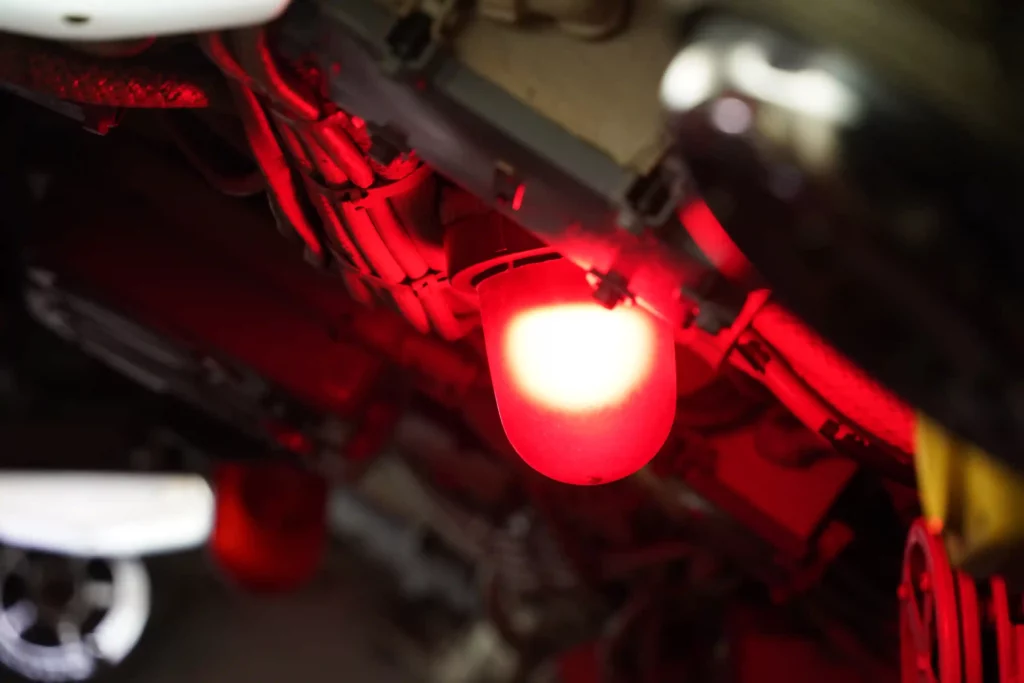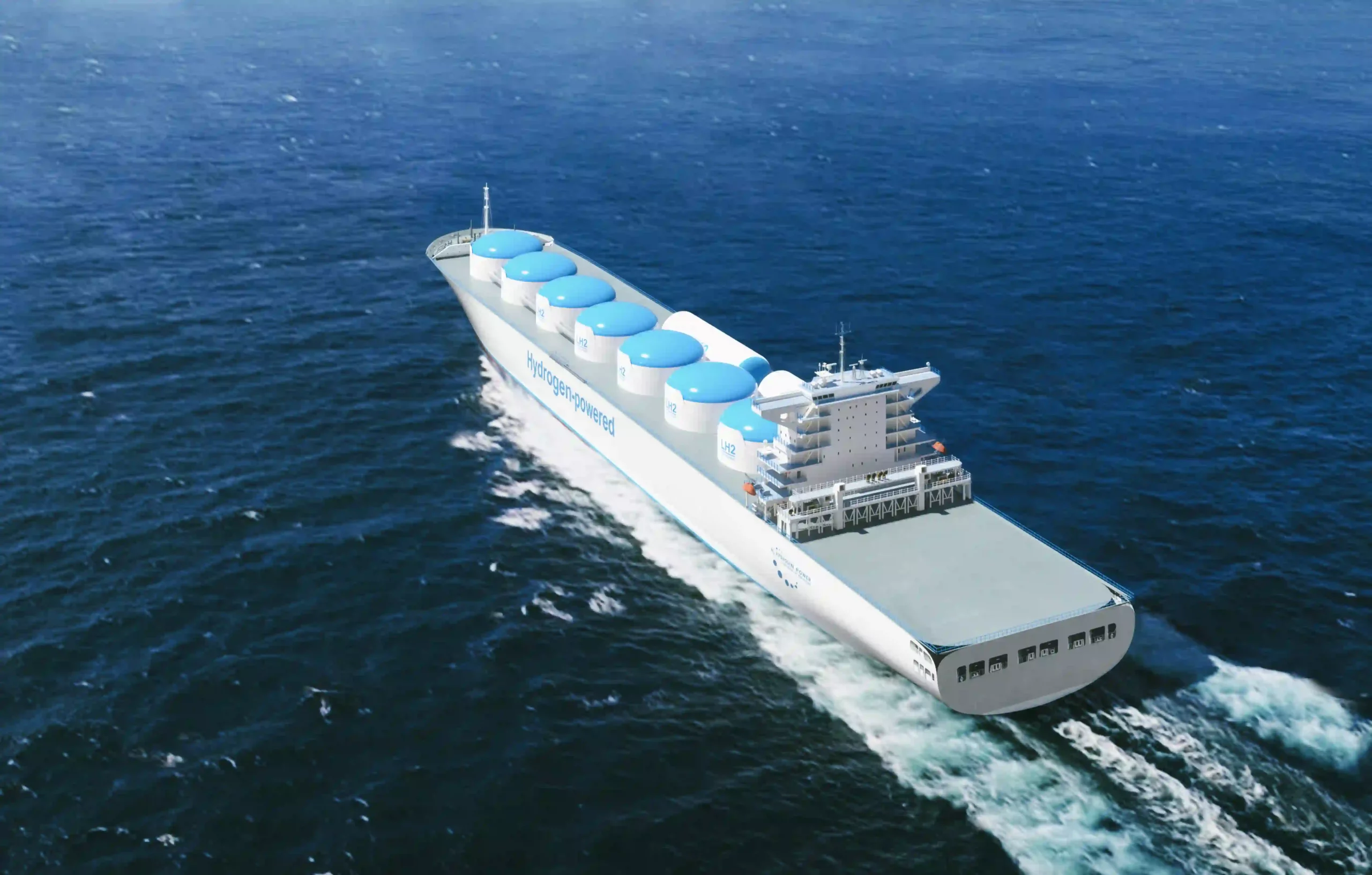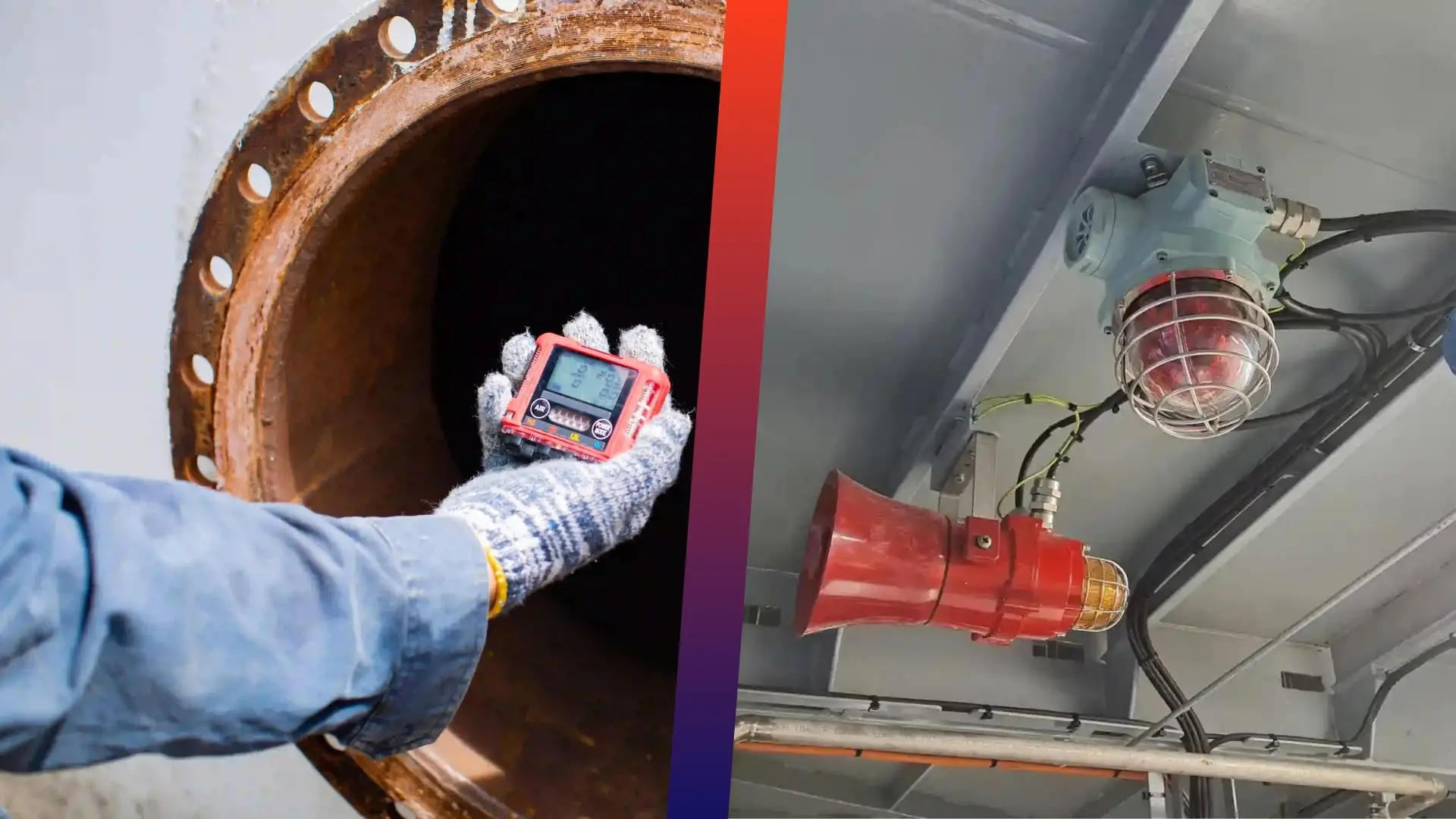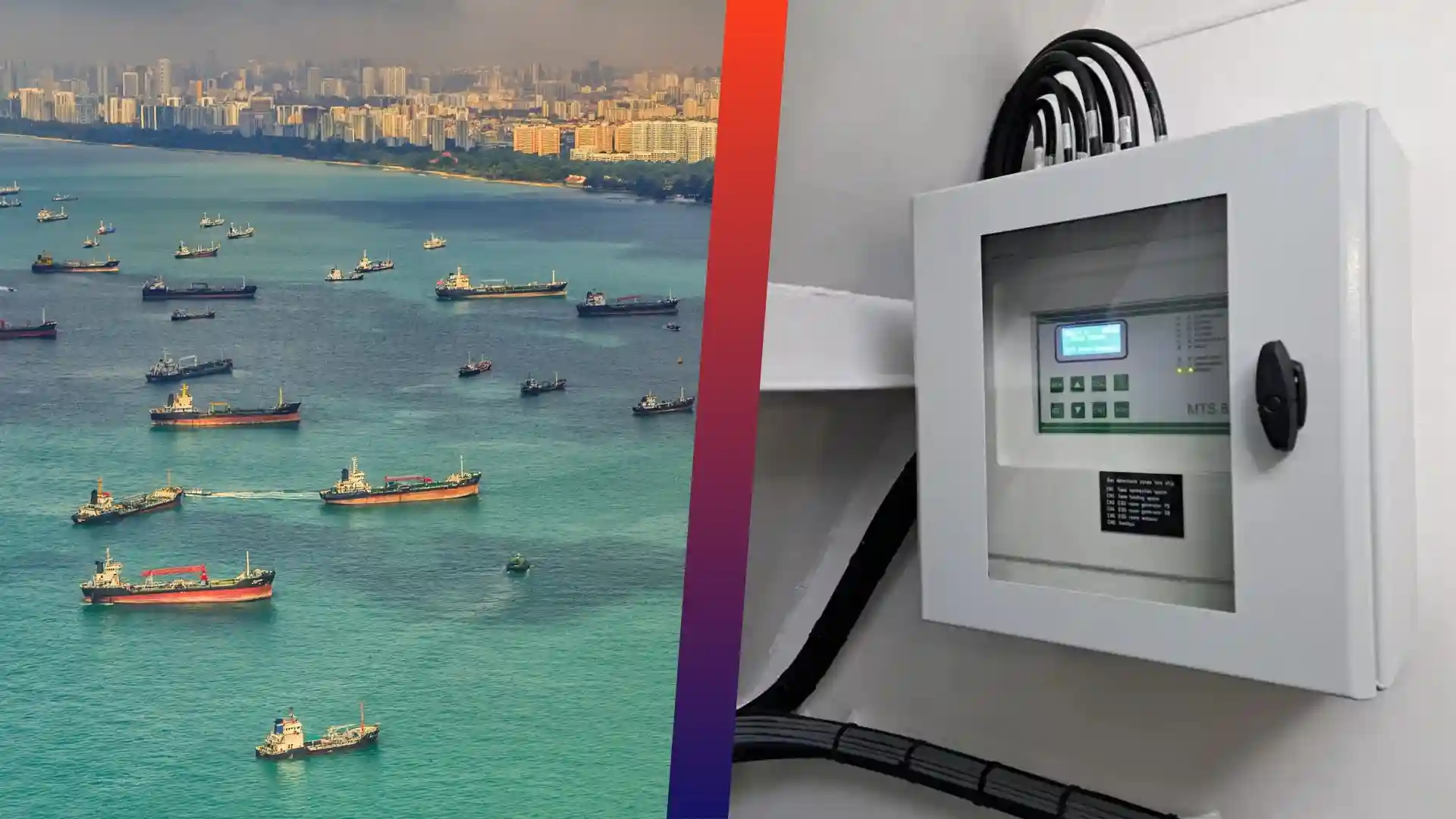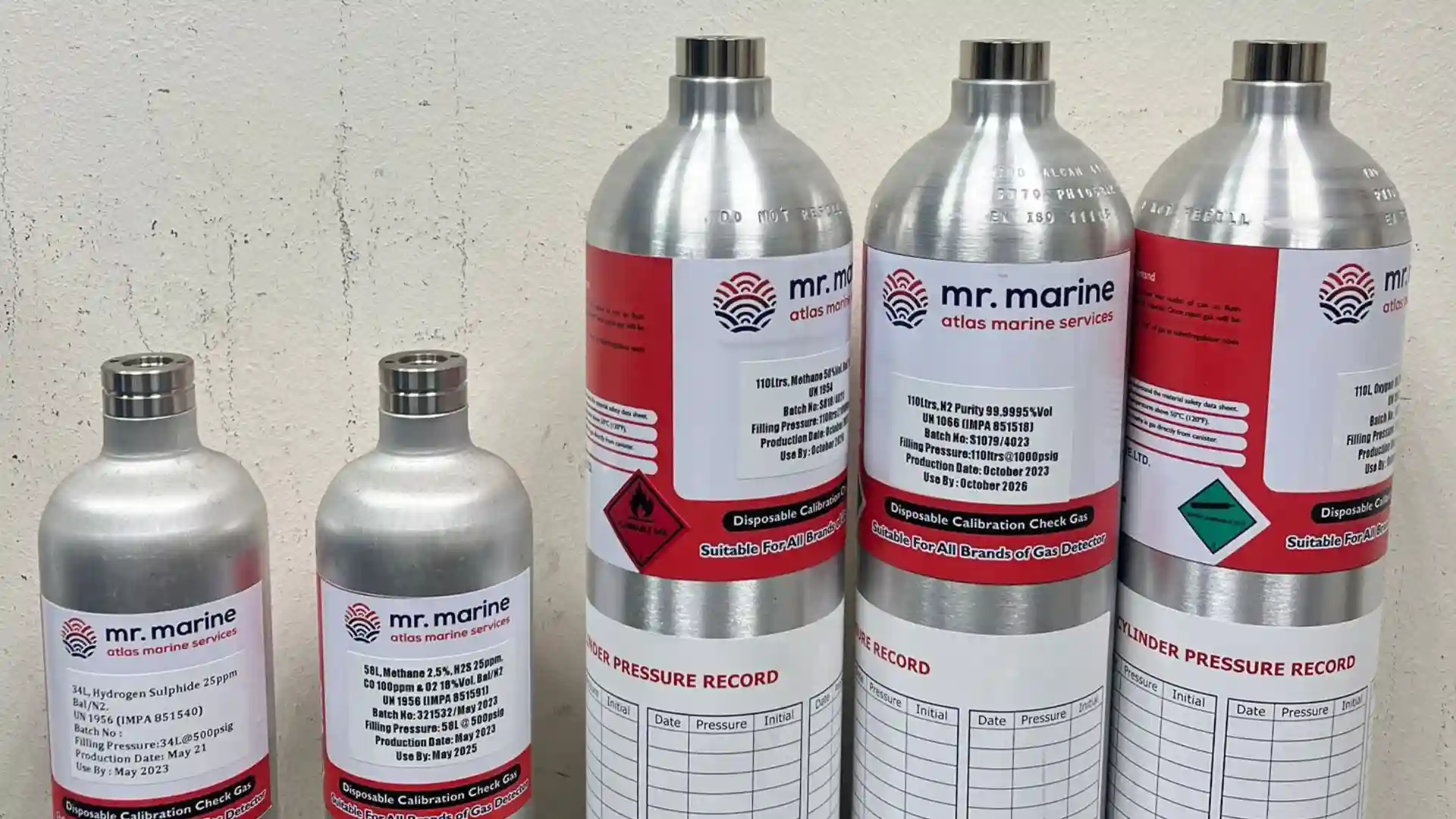Alarm systems – commonly referred to as alarms – are present on the premises of any facility that holds security and safety in high regards. Whether it’s the building of a governmental agency, a nuclear reactor or even a residential block of apartments, alarms are widely used for numerous reasons, but mainly with the aim of maintaining safety.
Vessels are no strangers when it comes to hosting these systems. In fact, safety is generally the biggest priority for ship owners worldwide, and there are quite a number of electromechanical systems on vessels which need to be kept safe and are thus connected to their own alarm systems. Whereas, for instance, the physical venue of a bank would use alarm systems solely to prevent intruders from entering the private property of the financial institution, a vessel is such a complex combination of electrical and mechanical parts with different roles that most said parts need their own safety systems.
Moreover, electromechanical equipment generally needs to be fine-tuned at all times to function properly and not create hazardous situations. Alarms serve the purpose of ensuring that all components are checked continuously so that normal operating parameters are ongoing.
Hence, the current article will explore the most common types of alarms found on ships, in order to understand the role of each of them and why they are so vital for protecting the vessel, its crew and the environment.
Before diving into the subject, it would be helpful to list the individual alarm systems that will be discussed:
- Fire Alarm
- Gas Detection Alarm
- Bilge Monitor Alarm
- Collision Alarm
- Man Overboard (MOB) Alarm
- Engine/ Machinery Alarms
- Low Oil Pressure Alarm
- High Water Temperature Alarm
- Steering Gear Alarm
- Navigation Alarm
- Anchor Drag Alarm
- Security Alarm
- High-Water Alarm
- Emergency Power Alarm
- General Alarm
- Abandon Ship Alarm
Types of alarms
1. Fire Alarm
As its name suggests, the fire alarm is connected to the fire detection system, which spots the presence of smoke or fire and alerts the crew to take appropriate actions, such as activating firefighting equipment. Fire alarms on vessels are equipped with audible and visual signals to ensure that the crew is promptly alerted. Sirens, horns, bells or flashing lights are commonly used to attract attention and indicate the location of the emergency. Fire alarm systems are typically equipped with backup power sources to ensure their functionality even in the event of a power failure.
2. Gas Detection Alarm
Gas detector alarms on vessels are critical for crew safety, strategically placed in confined spaces to monitor for hazardous gases like methane or carbon monoxide. These detectors, triggering audible and visual alarms upon detecting elevated gas levels, play an important role in early warning and swift response. Crew members can then promptly address the issue, whether through ventilation, isolating the source or implementing other necessary measures. Regular maintenance and integration with the vessel’s safety network ensure the reliability of these alarms, minimizing the risks associated with gas-related incidents at sea.
3. Bilge Monitor Alarm
The bilge monitor, or oily water separator alarm, is essential for detecting and managing oil in bilge water on vessels. Triggering an alarm when oil levels exceed limits, this system ensures compliance with environmental regulations. Crew intervention involves directing contaminated water to an oily water separator for proper treatment before discharge, highlighting the importance of regular maintenance and adherence to maritime environmental standards.
4. Collision Alarm
The collision alarm on vessels is a safety feature which utilizes technologies like AIS and radar to monitor the proximity to other ships. When potential collision risks are detected, the alarm prompts immediate action from the crew, signaling the need for course adjustments or communication with nearby vessels to prevent collisions. In busy maritime environments, this alarm ensures the safety and navigation efficiency of the vessel, whereas regular training ensures swift and effective responses from the crew.
5. Man Overboard (MOB) Alarm
The Man Overboard (MOB) alarm on vessels is a safety feature which employs advanced technologies like motion sensors and GPS tracking. Activated upon detecting someone entering the water, it triggers audible and visual alerts, ensuring immediate response from the crew. Essential for swift search and rescue operations, the MOB alarm is complemented by regular drills and personal safety equipment, highlighting its crucial role in maintaining maritime safety standards and protecting the well-being of individuals on board.
6. Engine Machinery alarm
The Engine/Machinery alarm system on vessels oversees critical parameters such as temperature and pressure, activating alerts in the presence of abnormalities. This early detection is vital for averting potential mechanical failures, enabling the crew to swiftly implement corrective measures. Sustaining the reliability and safety of the vessel’s propulsion and machinery involves proactive monitoring and prompt response to ensure seamless operations.
7. Low Oil Pressure Alarm
The Low Oil Pressure Alarm on vessels monitors the oil pressure within the engine. When the oil pressure drops below a safe threshold, the alarm activates, signaling the crew to address the issue promptly. Maintaining proper oil pressure is essential for the smooth operation of the engine, and the alarm serves as a critical early warning mechanism, helping prevent potential damage.
8. High Water Temperature Alarm
The High Water Temperature Alarm on vessels is a key monitoring system that keeps a close eye on the temperature levels within the engine or machinery. When the temperature exceeds the safe operating limits, the alarm activates, signaling the crew to take immediate action. This early warning is crucial for preventing overheating-related issues, safeguarding the integrity of the vessel’s propulsion systems.
9. Steering Gear Alarm
The Steering Gear Alarm on vessels is a critical system that monitors the functionality of the steering mechanism. When anomalies or malfunctions are detected in the steering gear, the alarm activates, promptly notifying the crew. Ensuring the proper operation of the steering gear is paramount for vessel maneuverability and safety. The alarm serves as an essential early warning, allowing the crew to address issues swiftly and maintain precise control over the vessel’s navigation.
10. Navigation Alarm
The Navigation Alarm on vessels is a safety feature that alerts the crew to deviations from the planned course or potential navigational hazards. Utilizing advanced navigation systems, this alarm ensures the vessel stays on its intended path and avoids potential collisions or unsafe areas. When triggered, the alarm prompts immediate corrective actions, emphasizing the importance of precise navigation for safe and efficient maritime operations.
11. Anchor Drag Alarm
The Anchor Drag Alarm is a vital safety system on vessels, designed to monitor the position of the anchor. If the vessel drifts or the anchor loses its grip, the alarm activates, alerting the crew to potential grounding or collisions. Swift response is essential, allowing the crew to reposition or reset the anchor promptly. This alarm plays a critical role in safeguarding the vessel during anchorage, ensuring stability and preventing unintended movements in various maritime conditions.
12. Security Alarms
Security Alarms on vessels are integral for protecting against unauthorized access to restricted areas. These alarms use sensors, access control systems, and surveillance technology to detect and alert the crew to potential security breaches. Whether it’s monitoring secure zones or safeguarding valuable cargo, the security alarm system enhances overall vessel security. Immediate response to security alarms ensures that the crew can promptly address any potential threats, maintaining the integrity of the vessel’s security measures.
13. High-water Alarm
The High-Water Alarm is crucial for monitoring water levels in specific compartments. Activated when water rises beyond safe limits, this alarm provides an early warning to the crew, helping prevent potential flooding. Swift response is essential, enabling the crew to identify and address the source of water ingress, thereby ensuring the vessel’s stability and safety. This alarm plays a critical role in safeguarding the integrity of the vessel and minimizing risks associated with unexpected water accumulation.
14. Emergency Power Alarm
The Emergency Power Alarm on vessels is essential for monitoring and signaling potential issues with the backup power system. Activated when a failure or malfunction occurs in the emergency power supply, this alarm promptly alerts the crew. Ensuring the availability and reliability of emergency power is critical for maintaining essential systems in times of main power failure. The alarm enables quick response measures to address power-related emergencies, enhancing overall vessel safety and operational resilience.
15. General Alarm
The General Alarm on vessels is a comprehensive emergency signaling system used to alert the entire crew in critical situations. Triggered by a specific signal pattern, the alarm ensures a swift and coordinated response. Whether responding to fire, man overboard, or other emergencies, the General Alarm is a vital component in conveying urgent information. Its audible and visual signals facilitate effective communication, enabling the crew to initiate appropriate emergency procedures promptly.
16. Abandon Ship Alarm
In the event of a shipboard emergency, the captain communicates the “abandon ship” order through the vessel’s PA system, signaled by a series of blasts on the whistle and alarm bell. All crew members must then promptly gather at the designated muster station, bringing their lifejackets or immersion suits and any specified additional items from the muster list. They are instructed to take the shortest route to the muster station and await further instructions from the captain before abandoning the ship.
Technical support for the alarms on your ships
Do any of your onboard alarming systems or other types of marine electromechanical equipment need to be tested, inspected, calibrated or certified? Mr. Marine can assist you in all of your marine electronic related needs, and together we can come up with a plan to tackle all of your issues efficiently. Contact us now and let’s discuss in detail what we can help you with.


